I spend most of my time writing about and using different AI products. This includes image generators, video tools and of course chatbots like ChatGPT and Gemini. However, there is much more to the AI space than that — and its all on show at CES.
Obviously, the big attention grabbers like Nvidia and Samsung will define the direction of AI innovation, unveiling new models and even new approaches to the technology. But, the real fun is in the start-ups and weird innovations. Like an emotional AI pet companion.
Given the nature of CES (aka the Consumer Electronics Show), the biggest AI news is in the embodied space. Otherwise known as robotics. From vacuum cleaners using AI vision and an arm to identify then pick up socks, to the news Samsung’s Baillie is being released at last.
I’ve pulled together 5 of the announcements from CES so far, involving artificial intelligence in some way or another, that really stand out to me.
1. Ropet

(Image: © Ropet)
We're going to see two big trends in AI in 2025, embodied AI and agentic AI. CES is the perfect place to showcase the former and one of the cutest is Ropet.
This adorable smart gadget uses a large language model, trained on human emotion, to let the cute robot adapt to your personality and make every interaction feel unique.
Outside of its core functions it can also use the technology behind ChatGPT to allow for thoughtful conversations. However, according to Ropet the device keeps most of the functions and data local, minimizing what is sent to the off-device AI.
A little bit like a Furby crossed with a Tamagotchi, it has large eyes and makes squeaking noises in response to how you interact with it. Robot even responds to being stroked and to your facial expressions. It can also recognize different people in the room.
Ropet smashed its Kickstarter goals and will be available from March for about $300.
2. Roborock Saro Z70
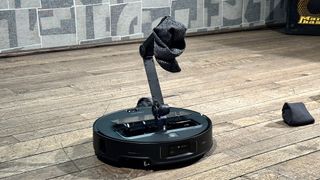
(Image: © Future)
Despite sounding like something out of an 80s evil robot movie, this Roborock robot vacuum finally makes good use of AI — to find old socks.
Many robot vacuums already use artificial intelligence for object detection and avoidance, which isn't new, but its new arm makes the Roborock Saros Z70 stand out. It can pick up the objects it detects and store them for you using a new robot arm.
It uses AI vision technology with a suite of sensors to avoid and pick up the objects. This could include a shoe, sock or other small objects. Now we just need it to know to take the sock to the laundry basket and with advanced in AI vision, its only a matter of time before it can tell the type of object it has collected.
Roborock’s Saros Z70 should be available later this year but will likely be upwards of $1000.
3. Natura Umana HumanPods
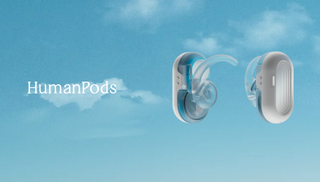
(Image: © Natura Umana HumanPods)
I'm not entirely sold on loading earbuds with AI. I'd rather just have great-sounding buds and leave the AI on the phone, but Natura Umana has an interesting concept.
The HumanPods are lightweight and designed to be like having a small army of "agents" at the touch (or double tap) of a button. Each agent has a unique personality and voice allowing you to have a seamless conversation.
My personal preference for delivering uninterrupted AI access is through smart glasses, but earpods do make sense. The company says they have been designed to minimize screen time through effective voice control using the NatureOS app.
No date on when it will be available but there is a waitlist.
4. Nvidia DIGITS
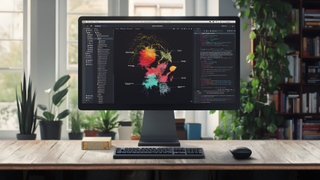
(Image: © Nvidia)
NVIDIA unveiled several exciting innovations at CES, including a new video AI model, a world model to help robots navigate, the RTX 50 series GPUs, and my personal highlight — Project DIGITS.
Project DIGITS is a personal computer with a difference. Priced similarly to a high-end gaming laptop (around $3,000), it is a personal AI supercomputer designed to sit on your desk and run some of the most advanced AI models available today.
Equipped with 128GB of unified memory, 4TB of storage, and the NVIDIA GB10 Grace Blackwell superchip, it can deliver up to 1 petaflop of AI computational performance.
Built for developers to test and fine-tune AI models, Project DIGITS is also ideal for studios looking to run generative image and video models.
However, it's important to note that the advertised petaflop performance applies to FP4 tasks—a lower precision format typically used for AI workloads. For FP32 precision, which is required for gaming and other high-accuracy computations, performance would be significantly lower, likely comparable to the RTX 5090, which delivers up to 104 teraflops (roughly 1/10th of a petaflop).
5. Ballie is back

(Image: © Future)
One of my favorite products announced at CES 2024 was Ballie, a redesign of a concept first unveiled by Samsung in 2020. It is a rolling bot that is designed to be an AI assistant that can go wherever you need it in your home.
It comes complete with a camera, speaker, microphones, sensors and even a project, Ballie is a "second set of eyes" for you and can interact with other smart devices in your home.
Imagine your ring doorbell goes off and you’re watching TV. Ballie could roll-up, project the camera view on to the wall in front of you and even unlock the door for you if you approve.
There is no price for Ballie yet but it is expected to come out later this year. It will be a mobile AI device specifically built for the home and another example of embodied AI.
More from Tom's Guide
- Intel Core Ultra 200H and HX Series chips are here — everything you need to know
- RTX 5060 gaming laptop benchmark leak looks fake — but that's not my main concern with Nvidia's upcoming mid-range GPU
- LG just unveiled four new Gram 'hybrid AI' laptops ahead of CES 2025 — what you need to know




![Instagram Shares Tips on What to Avoid to Maximize Post Reach [Infographic]](https://imgproxy.divecdn.com/oeaypf55nGOsin6XxBa9EFYmwtVEiffkp9q_OiAPUGM/g:ce/rs:fit:770:435/Z3M6Ly9kaXZlc2l0ZS1zdG9yYWdlL2RpdmVpbWFnZS9pbnN0YWdyYW1fZGlzdHJpYnV0aW9uX2luZm9ncmFwaGljMi5wbmc=.webp)
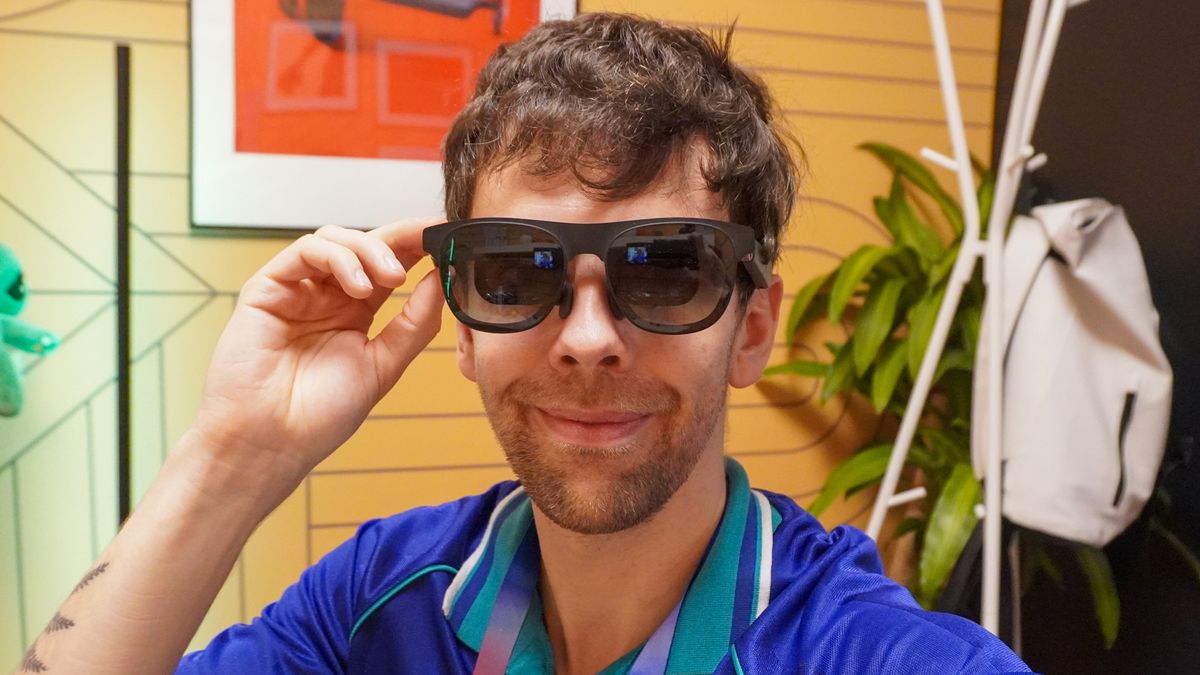




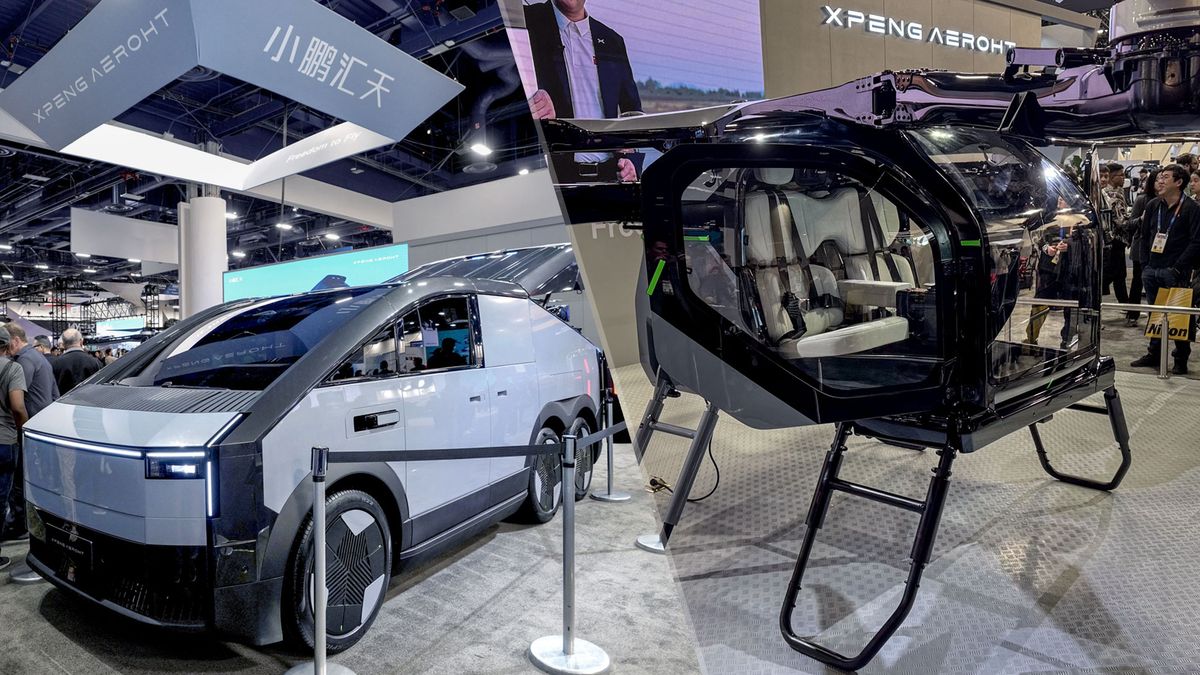









 English (US) ·
English (US) ·